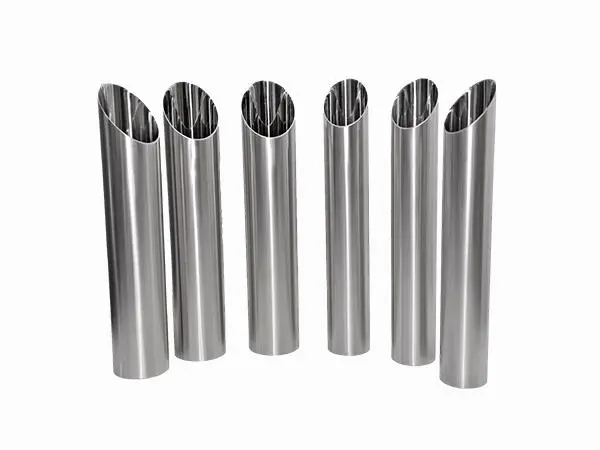The answer is that the quality of 316 stainless steel is better than 304 stainless steel, because 316 stainless steel is integrated with metal molybdenum on the basis of 304, this element can more consolidate the molecular structure of stainless steel, making it more wear-resistant and anti-oxidation, and at the same time, the corrosion resistance is also greatly increased. Let's take a look at 304 stainless steel and 316 stainless steel which is good. The most widely used types of stainless steel are 304 and 316. The grading management system used to classify these two types of steel comes primarily from the numbering information system started by the American Iron and Steel Association of China (AISI), one of the oldest union efforts to date going back to 1855. These classifications indicate their composition, and most 200 - and 300-grade stainless steels are considered austenitic. The process of austenitizing involves heating iron, ferroalloy, or steel to the point where its crystal structure changes from ferrite to austenite. Although it is difficult to distinguish the two with the naked eye, the unique product properties between 304 and 316 stainless steel companies can make them superior in some technical applications.

Since the development of Chinese manufacturing in the 20th century, stainless steel companies have become important influential materials in many projects in China because of their durability, high mechanical workability, weldability and flexibility. It contains several different percentages of elements that are responsible for the different levels currently known. Each grade has its own unique properties, and the comparison between the two grades, as timeless as their manufacture, is 304 and 316 stainless steel.
Which is better, 304 or 316 stainless steel
When you look at the two types of steel, they are similar in appearance and chemical composition. Both provide excellent protection against rust and corrosion, while also providing additional durability. When comparing 304 and 316 stainless steel, the relatively high cost of the latter can be attributed to its better corrosion resistance. Due to this price difference and the limited environment favorable to 316 steel, 304 steel is the most widely used austenitic stainless steel.
Grade 316 stainless steel costs more because of its better corrosion resistance. For applications where alloys are exposed to chlorinated solutions and chlorides (including Chinese seawater), it is particularly recommended that the system be used through this alloy with higher quality grades. It can be used to extend the service network life of components or equipment that are gradually exposed to harsh and corrosive environmental conditions, especially in cases involving problematic exposure to salt. However, level 304 is very useful for most applications. In summary, when looking at 304 and 316 stainless steels, for applications requiring excellent corrosion or water resistance, use 316 stainless steels. For other applications, 304 stainless steel is also engineered. All in all, 304 and 316 are the codes of stainless steel, in essence, there is no difference between them are stainless steel, subdivided they belong to different types. Simply put, the quality of 316 stainless steel is greater than 304 stainless steel, 316 stainless steel on the basis of 304 into the metal molybdenum, this element can more consolidate the molecular structure of stainless steel, make it more wear resistance and oxidation, at the same time, the corrosion resistance is also greatly increased.
Related products
Post time: Sep-19-2023



